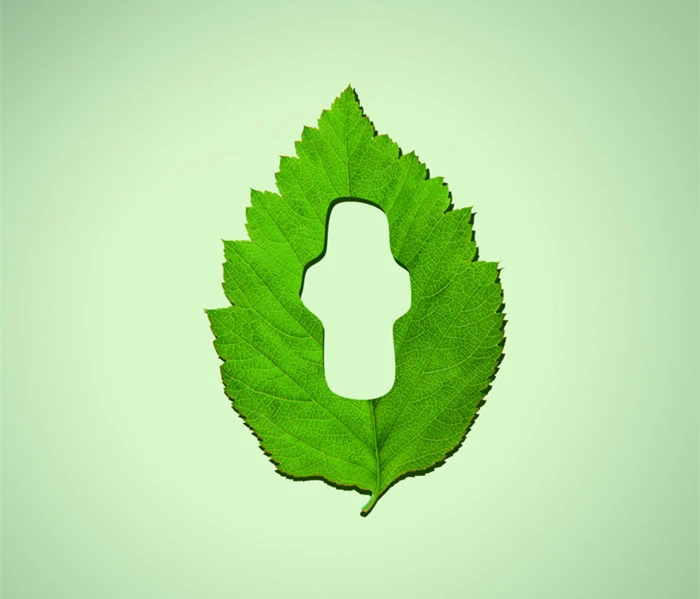The
sanitary napkin is a kind of substance with absorption, and the main materials are cotton, non-woven fabric, pulp, high polymers and high polymer composite paper formed by composites of these materials. The side design of the
sanitary napkin is mainly used to prevent side leakages. There will easily be friction between the
sanitary napkin and the groin. Therefore, sanitary napkins whose sides' materials are soft will be in favour with women.
Sanitary napkins are divided into three layers, namely the surface layer, the absorbing core and the bottom layer. The back of the sanitary napkin is water proof, and it can keep the menstrual blood in the sanitary napkin.
Invention processes of sanitary napkins
Egypt: Softened papyrus leaves were used as tampons in Egypt. In 1550 BC, there was a record of putting soft cloth in the woman's vagina to prevent pregnancy in Egypt. The expert concluded that the soft cloth was also used to deal with menstruation. That is probably the first generation of
sanitary napkins we can ever know.
China: Chinese women put a piece of long white cloth under their vaginas to absorb menstrual blood during menstruation, and cleaned the cloth with water and alum after changing the cloth.
Greece: Linen wrapped around wood were used as a sanitary napkin in Greece.
Africa: Women put floppy feathers and cloth under their vaginas and collected used feathers and cloth in wooden buckets in some places of Africa.
USA: It is said that the modern
sanitary napkin was invented by an American man who loves his wife very much. He accidentally found that using a piece of soft fine cloth to wrap clean cotton fibers and paper pulp with strong absorption as a long strip of cotton pad could help his wife effectively ease the pain and make the sanitary napkin more convenient during menstruation. This kind of cotton pad began to be popular in European countries and the United States in the 1940s, and it gradually developed into the
sanitary napkin which was made of disposable materials.
There is also an argument that grass was directly used as the
sanitary napkin for women who lived in the cave period, because there were no sanitary napkins for women to use in ancient times.
Washable stages of sanitary napkins
The sanitary napkin entered a new stage of washable sanitary napkins in the nineteenth century. Women would put the cotton fibre or rag into a bag, and the so-called rag bag was used as the
sanitary napkin. In addition to the rag bag, women in that era would wear hygiene aprons, and the hygiene apron was always very inconvenient when the period came.
